The history and context of the Lyme-East Thetford bridge
"At the time the Lyme-East Thetford bridge was being worked on, 128 flood projects were nearing completion in New Hampshire, twenty-three were completed, and fifty-two others had received approval and were ready to start…" the HAER report says.
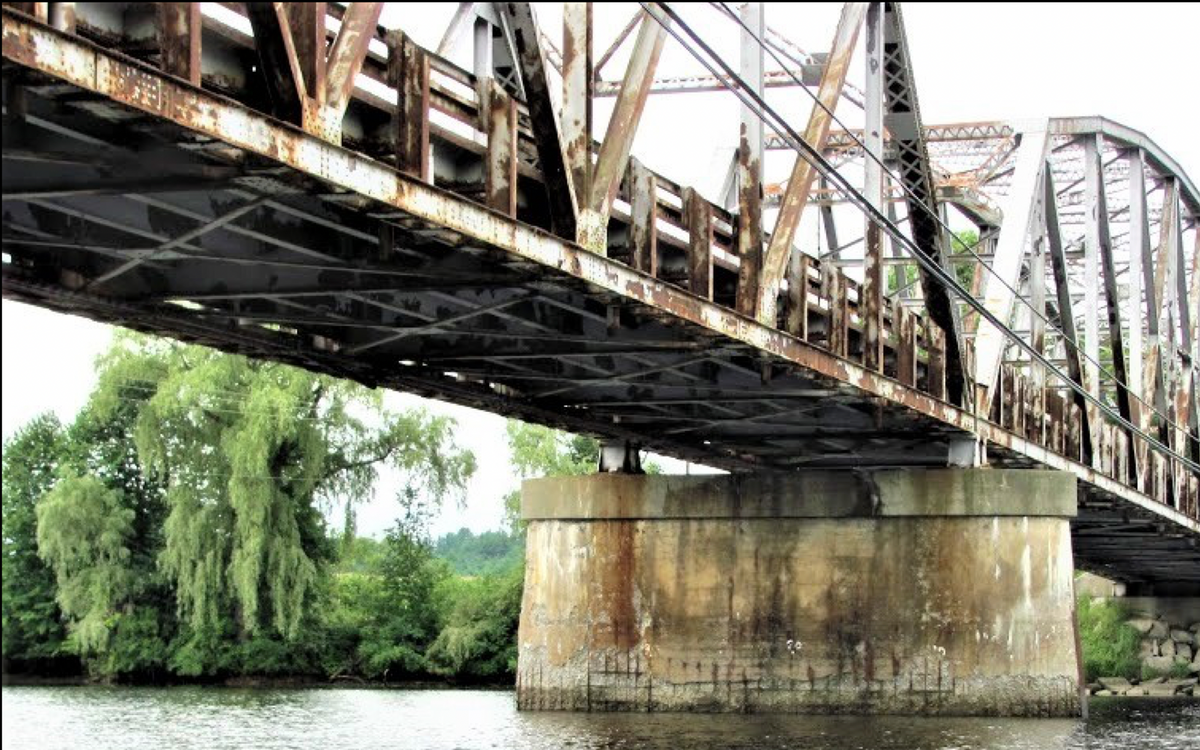
The Lyme-East Thetford bridge was added to the National Register of Historic Places in 2020, seven years after it had been added to New Hampshire’s Red List for its poor condition, although its eligibility was noted as early as 2014.
A Historic American Engineering Record (HAER) report commissioned by NHDOT and completed in 2018 puts the bridge’s construction into context. It was built to replace an 1896 three-span truss bridge that was destroyed in 1936 by ice floes coupled with heavy spring rains falling on the still-frozen ground of northern New England. “Between March 11 and March 19, [1936], rain resulted in 8 inches to 25 inches [of water] going into New Hampshire Rivers,” the HAER report says.
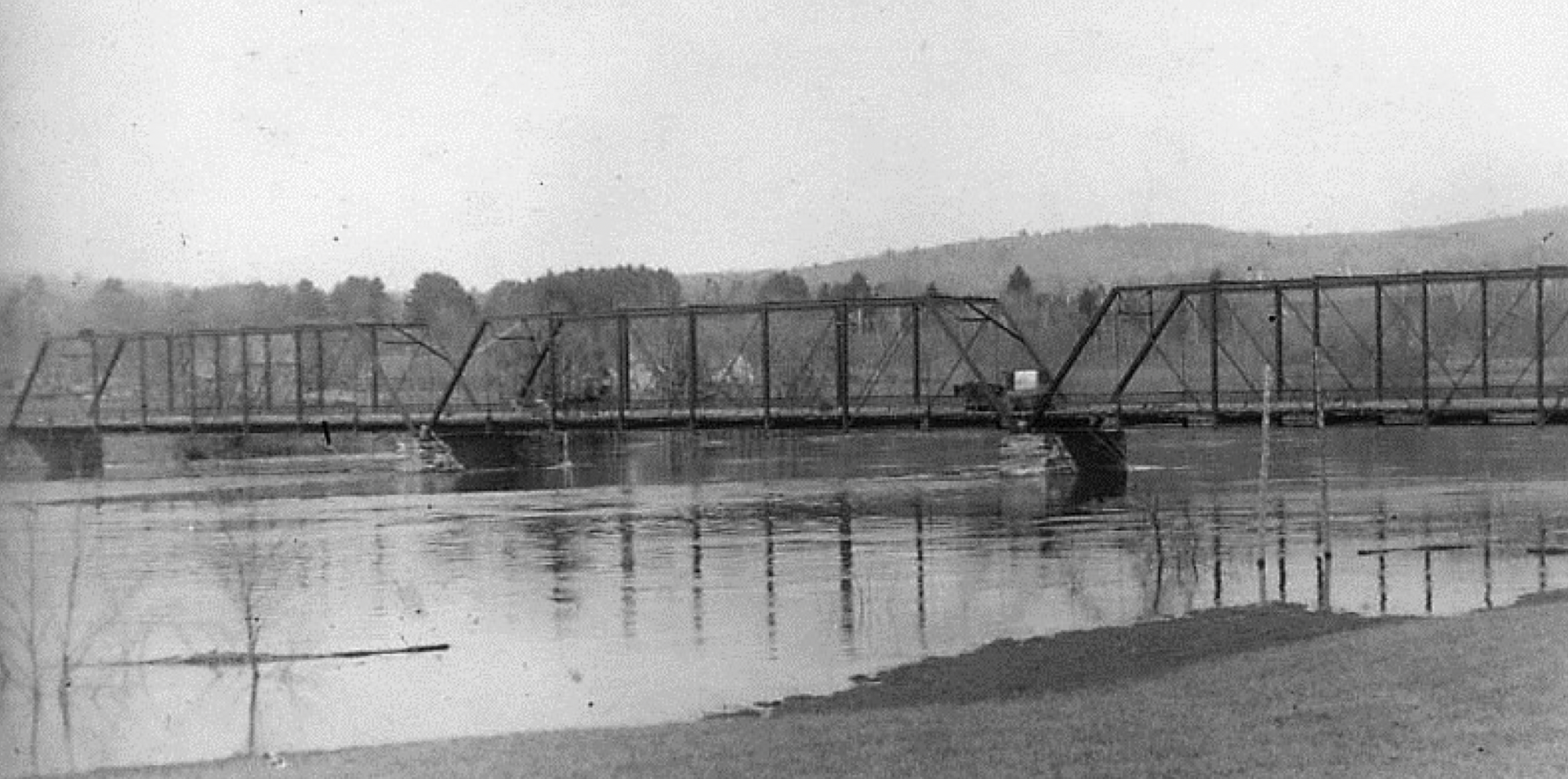
The flood devastated New Hampshire. “At the time the Lyme-East Thetford bridge was being worked on, 128 flood projects were nearing completion in New Hampshire, twenty-three were completed, and fifty-two others had received approval and were ready to start…” the HAER report states.
The 1937 bridge cost $146,496 and received much of its funding from the Works Progress Administration (WPA), which was created to offer direct government employment to the jobless during the Great Depression. The WPA provided $90,000 to New Hampshire and $15,707 to Vermont. The remaining $40,787 was presumably funded by the two states.
Overall, $1.5 million was set aside by the WPA for flood-related projects in New Hampshire. Nationwide, the WPA constructed some 78,000 new bridges. Almost two-thirds of them were constructed of wood. A diminishing number of WPA-constructed/funded bridges remain.
Unlike most of the WPA’s projects, it had little hands-on involvement in New Hampshire’s flood-related projects, including on the Lyme-East Thetford bridge. While it approved the drawings for the bridge, it did not play any substantive role in its design. The bridge was instead designed by two New Hampshire Highway Department engineers. No workers were hired directly by the WPA either; funds flowed through the state to private contractors.
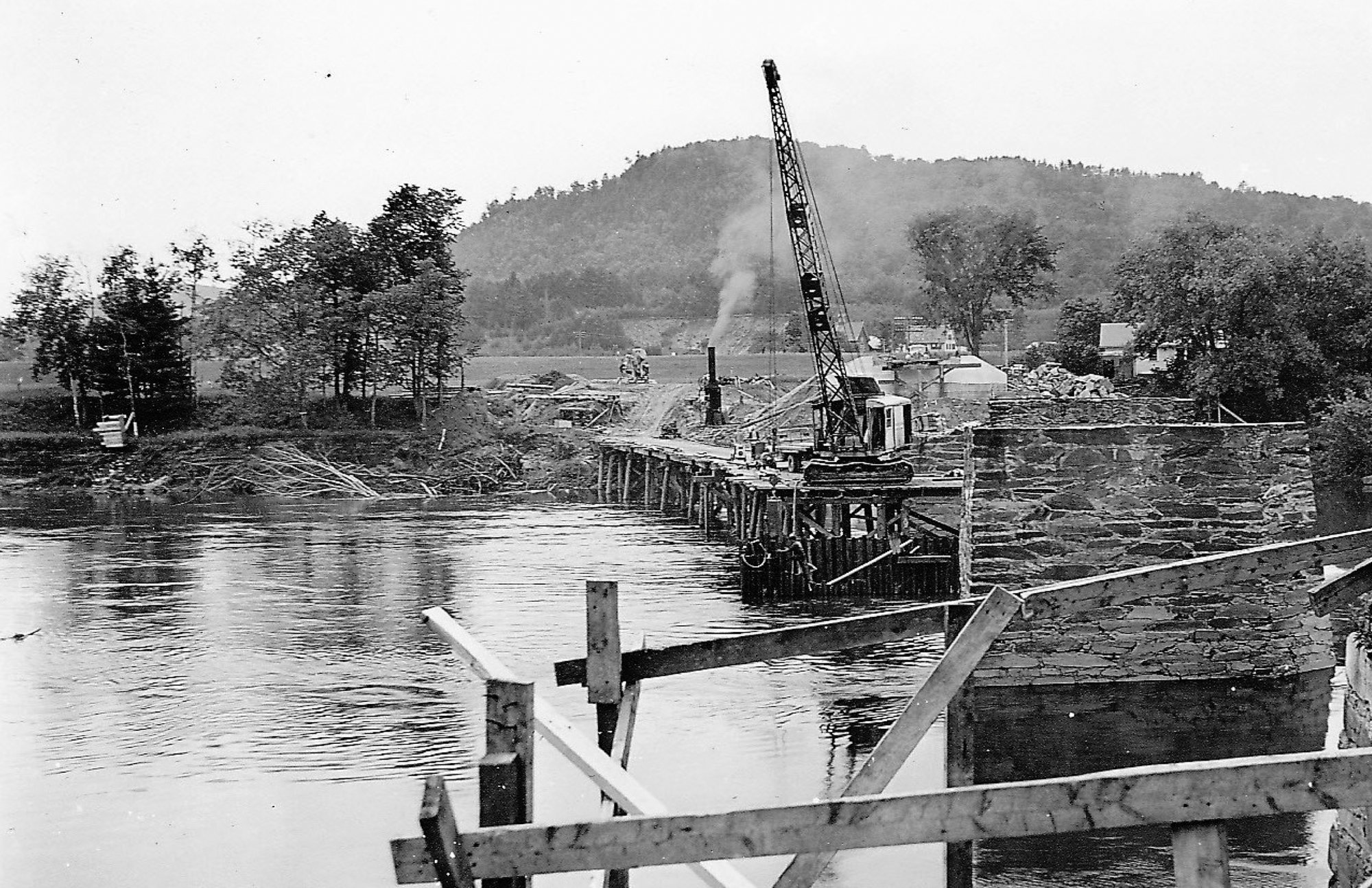
James L. Garvin, the former New Hampshire state architectural historian, is quoted in the HAER report, saying, “Its late date of construction makes the bridge an example of this late, flourishing phase of metal truss construction for bridges of relatively short spans.” The bridge used rolled steel beams, which eliminated the need for assembly of the vertical, horizontal, and diagonal components and allowed for lighter construction and longer spans. This is in contrast to truss bridges built before the widespread availability of rolled steel, cited as 1927 in the 2020 registration form for the National Register of Historic Places. This older construction type had truss members that were fabricated as built-up elements composed of plates, channels, and angles connected to one another by steel lacing.
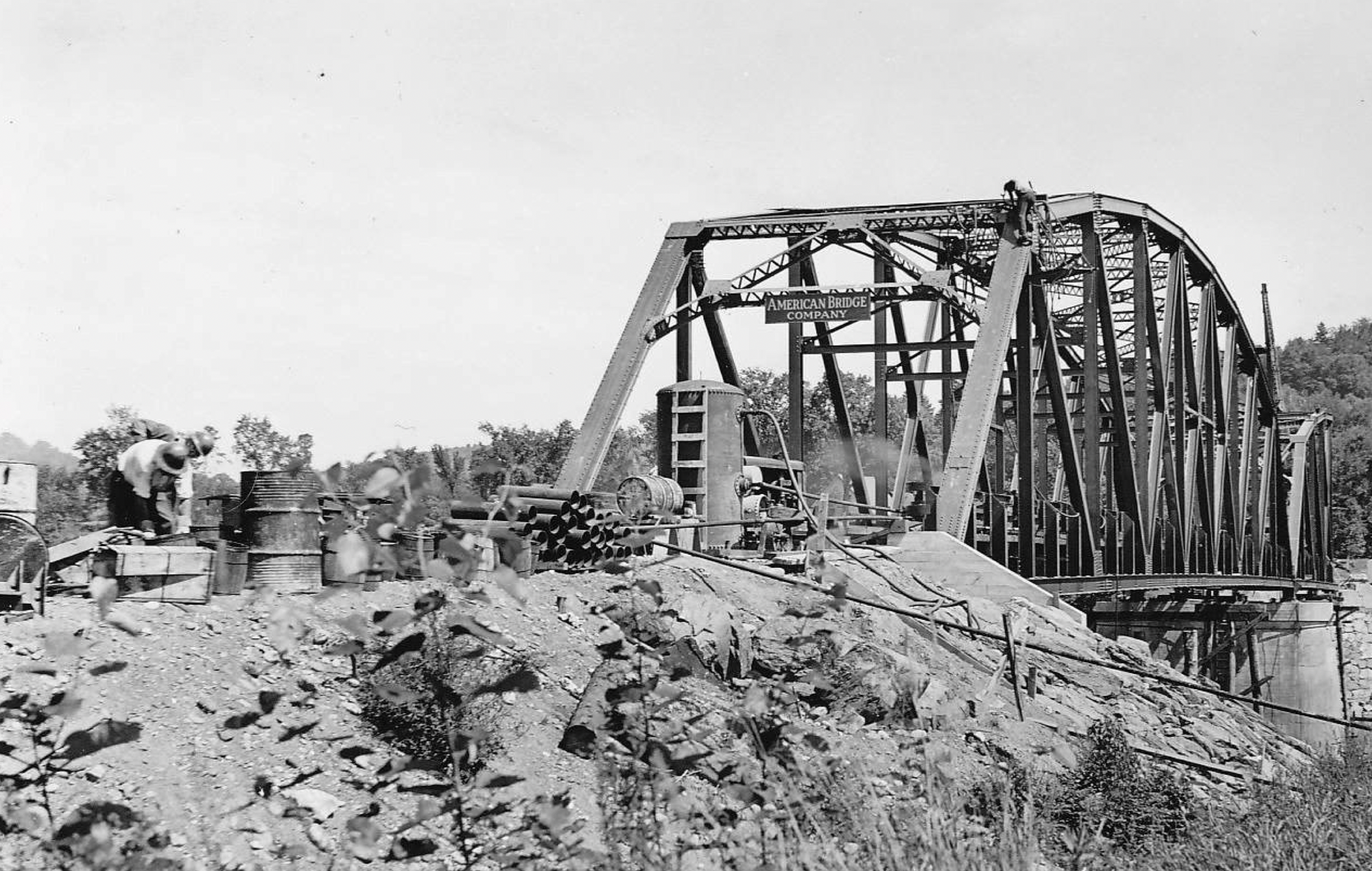
According to the registration form, the bridge is one of two remaining two-span Parker truss bridges connecting New Hampshire and Vermont. However, the other bridge, built in 1950 between Lancaster, NH and Guildhall, VT, was replaced in 2020.
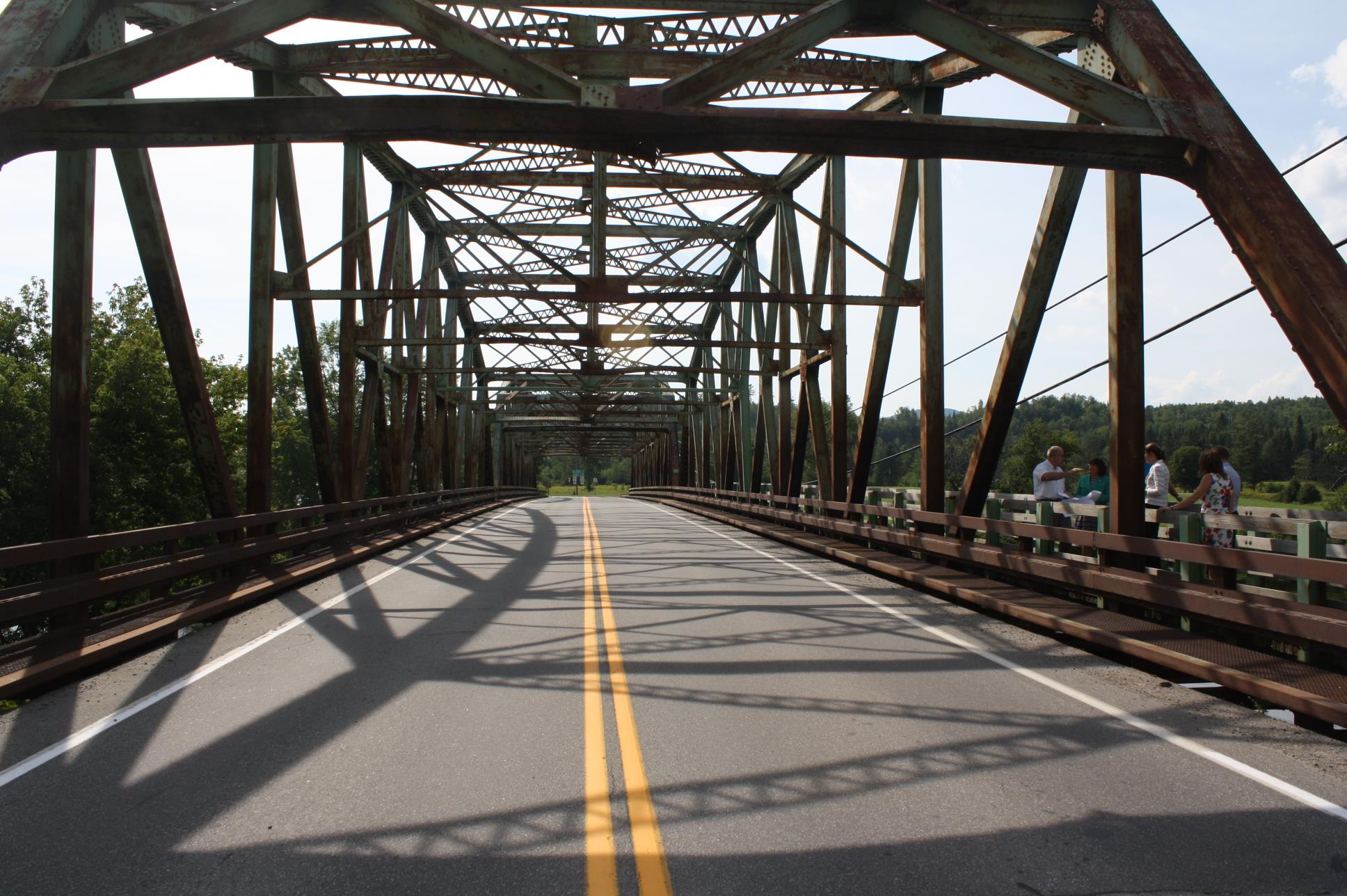
The Lancaster-Guildhall bridge was on New Hampshire’s Red List, but not the National Register of Historic Places. The bridge replacement began in 2019 and the new bridge opened in 2020. The replacement cost was $11.2 million and benefited from a $5 million federal grant from USDOT.
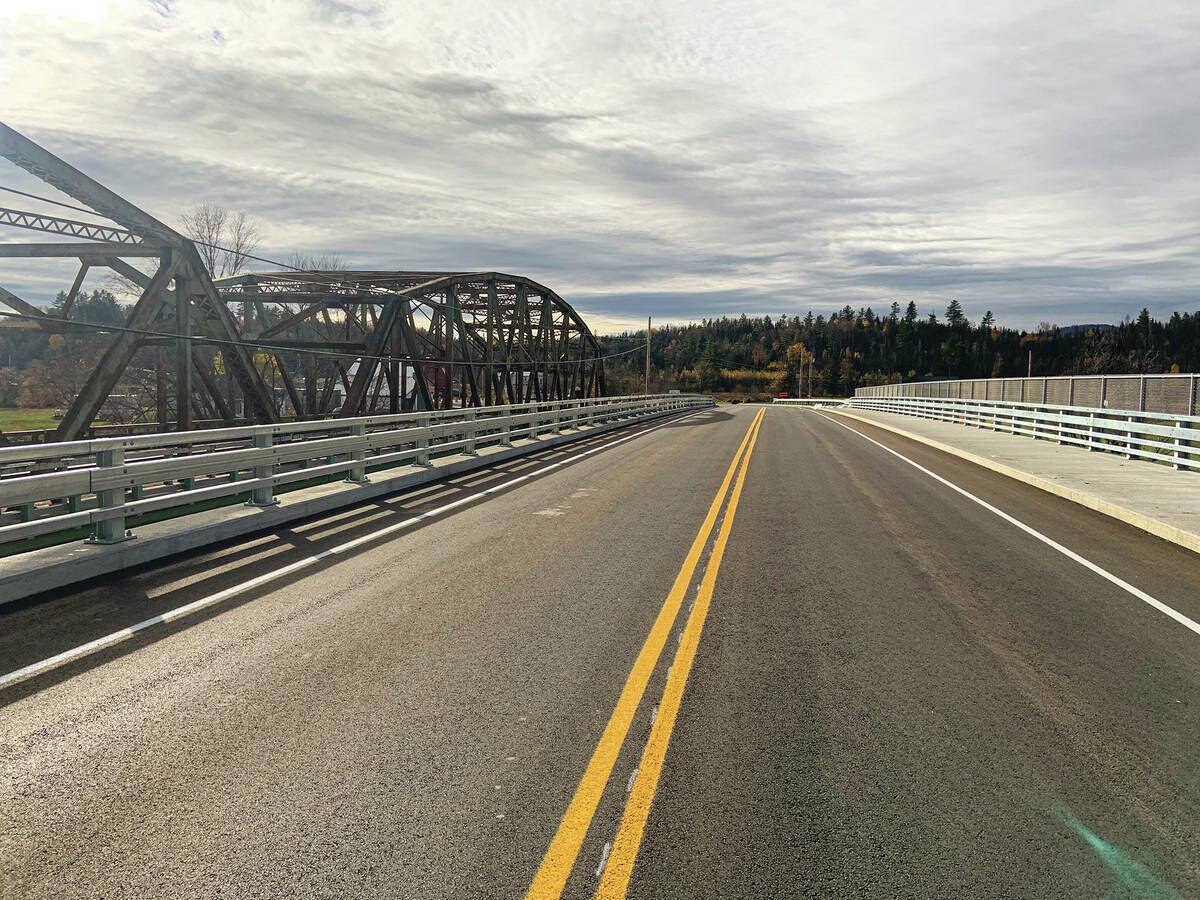
In contrast, the rehabilitation of the Lyme-East Thetford bridge was estimated at $4.5 million in 2014 and 2015, with a total replacement cost estimated at $10 million.
The registration form cites three other Parker truss bridges connecting Vermont and New Hampshire, all listed as single-spans. Two connect Monroe, NH, and Barnet, VT (the bridges were rehabilitated separately in 2000 and 2006), and one connects Hinsdale, NH and Brattleboro, VT. The Hinsdale-Brattleboro single-span bridge, built 1920 and rehabilitated 1988, is the only one that does not employ rolled steel trusses, instead relying on the older method of built-up construction. None of these three bridges appear on the National Register of Historic Places.
The first bridge between Lyme and Thetford, replacing a ferry, included a toll house and was built around 1839.
Photo credit: the National Register of Historic Places registration form, unless otherwise noted.
